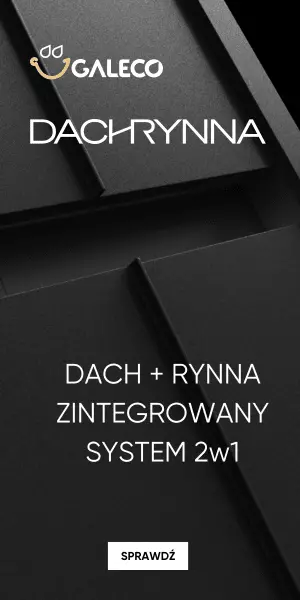Scape architecture, park architecture
Scape architecture in natural spaces requires subtle interventions, primarily in the form of non-invasive small architecture objects: pavilions, seating, increasing accessibility to wildlife and the opportunity to commune with it.
designing contact with nature
Designing in areas such as nature preserves and parks embodies the "less is more" principle. Architectural interventions in landscaped spaces should be subtle and take balanced, rational forms that utilize and emphasize the natural qualities of the landscape. The spiral viewing tower Effekt in Danish landscape park, with an uncluttered situation, openwork form, was connected to a network of wooden platforms that lead walkers among the trees. Local raw material - oak wood - was used as a building material. In turn, the Snohetta office chose larch wood and corten in its design, as materials distinctive enough from the surroundings to draw the eye from the trail, but also in tune with the landscape enough not to disturb contact with nature. An impressive viewing platform located on the hillside provides perspectives otherwise beyond the reach of visitors, while highlighting the topography of the area with form.
designed greenery
Designed greenery in cities is a refuge for many species of animals and plants, a place of biodiversity. Parks are an extremely important part of urban life for people as well. They fulfill many social and psychological needs of their inhabitants. In addition to providing a place for rest and essential contact with nature, parks in cities should guarantee space for various outdoor activities. They must be flexible enough to adapt to frequently changing program needs. In recent years, many trends have emerged related to responsible and nature-respecting approaches to the economic and environmental challenges of the 21st century. The conversion of wasteland in New York into parkland as part of the High Line revitalization is a flagship example of a contemporary approach to green space design in cities.















































